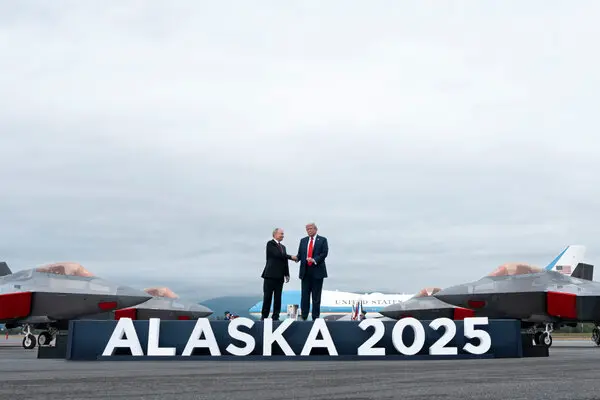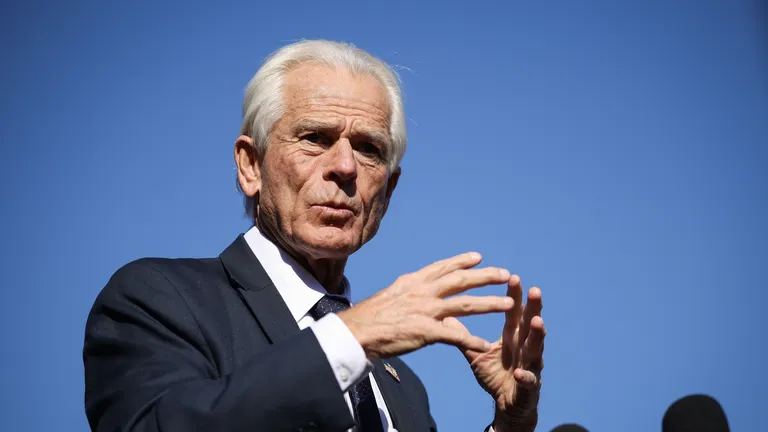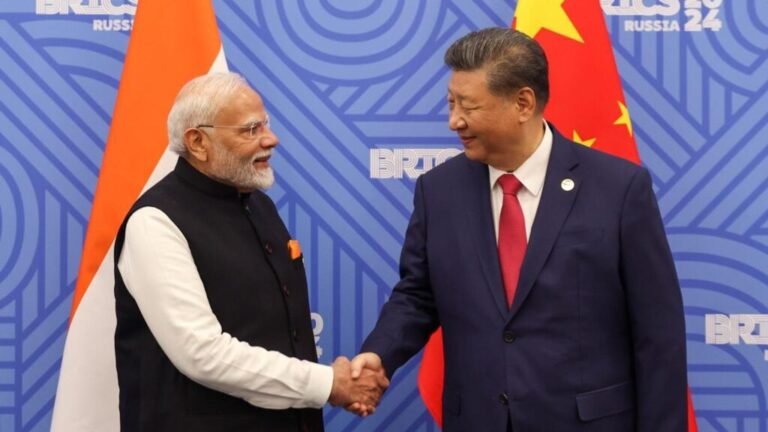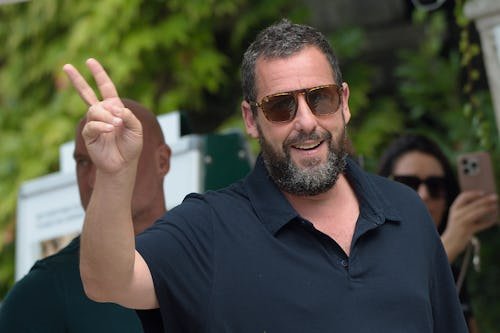
Eyes widen when people hear that not only has the Russia-Ukraine War been continuing for the past three years, but also that a very uncertain future looms over the suffering members of both countries. To agree upon something more conclusive than feeble handshakes and puny statements, US President Donald Trump welcomed his Russian counterpart, Vladimir Putin, onto American soil to attend the Alaska Summit, held on 15th August 2025 at Joint Base Elmendorf in Anchorage, Alaska. The event quickly became one of the most closely watched diplomatic events of the year, highlighting the potential for ceasefire negotiations in the Russo-Ukrainian War, which was the primary subject of discussion.

Key Diplomatic Takeaways
At its core, the summit did not yield any breakthrough on the ongoing war and ended with no solid conclusion regarding ceasefire agreements or settlement of the war. The meeting ended early, the joint lunch of the leaders was skipped, the duration of the press conference was shortened, and what’s more, the official government papers containing precise locations and meeting times of the summit were left behind in a hotel. While the West viewed the summit as a diplomatic failure for the US because of the lack of concrete concessions from Russia, the Russian media turned it into a testament to Putin’s position and endurance, calling it a ‘media victory’ as it marked Russia’s symbolic return to the international stage despite Putin’s International Criminal Court arrest warrant for war crimes. The summit indicated the potential for future de-escalation and renewed dialogue, even though the lack of an agreement emphasises the complexity of the conflict.
European Participation
Key European actors, including Germany, France, and Poland, also participated. Their goals were twofold—to ensure that Ukraine’s security is guaranteed while also preventing the war from escalating into a broader European conflict. These countries, especially Germany, played a crucial role in coordinating sanctions regimes and military aid packages, making their voice critical in shaping the outcomes of the summit.
Peace Deal or continued hostility?
Perhaps the most pressing question was whether the Alaska Summit could lay the groundwork for a genuine peace deal.
As previously mentioned, there was a clear lack of a joint statement or outlining of any binding commitments, even though the summit was hailed as ‘extremely productive’ by the US President himself. Despite the absence of any agreement, Trump’s brief remarks did not address secondary sanctions, peace timelines, or interim measures like stopping strikes deep into each nation’s territory.
Referring to the war as a ‘tragedy’, Putin was vocal about ending the hostilities, but he emphasised certain ‘root causes’ of the conflict that insisted on being addressed. Trump agreed with this statement when he said that the best way to end the war was to go directly to a peace agreement. President Trump had prioritised calling for an immediate ceasefire before the summit. However, he suddenly had a change of heart after the meeting, saying that the objective was to find “lasting peace” rather than a temporary agreement. This peace treaty concept, instead of providing peace-driven conclusions, could lead to Ukraine getting locked in a ‘forever war’ situation, thus prolonging the conflict rather than resolving it.
Trump appeared to have been persuaded by Putin that a comprehensive peace deal can be achieved without a ceasefire, truce, or contact line freezing. This made it clear that deaths will persist.
For a peace deal to be sustainable, it must address three core areas: territorial control, security guarantees, and post-war reconstruction. The Alaska Summit provided a platform to begin that process, but whether the parties were willing to make meaningful compromises remains uncertain.

Territorial Conflict
One of the most sensitive issues on the table was whether any negotiated outcome might inadvertently legitimise Russia’s territorial gains. Since 2014, Russia has annexed Crimea and occupied large portions of eastern and southern Ukraine. Accepting these changes as permanent would set a dangerous precedent in international relations, effectively labelling aggression and undermining the principle of territorial integrity that underpins global order. Putin is currently adamant that Ukraine give Russia control of the entire Donbas, including strategically significant territory that Ukraine does not control. Clearly opposed to this, President Volodymyr Zelenskyy has repeatedly stated that any peace plan must include the restoration of Ukraine’s territorial integrity, including Crimea.
Security guarantees for Ukraine
Even if a peace deal is reached, Ukraine will remain vulnerable without credible security guarantees. According to reports, there are several proposals on the table, including accelerated NATO membership after hostilities end and bilateral defence agreements with the US and major European nations. But there are still serious concerns about credibility.
Geopolitic Implications
The stakes of the Alaska Summit went far beyond Ukraine’s borders. The war had already disrupted global trade, driven up food prices, and reshaped energy markets. On the other hand, if progress is not made, volatility may increase. European nations are still making significant investments to lessen their reliance on Russian energy, and a prolonged conflict would keep energy costs high, which would have an impact on everything from manufacturing to transportation. Sanctions regimes were another key point of discussion as they remain a double-edged sword. They are a crucial tool for applying pressure on Russia and a bargaining chip in negotiations, but they also expose cracks in Western unity, as not all countries are on the same page regarding these sanctions. The sanctions have significantly weakened Russia’s economy, but they have also forced countries to realign supply chains, sometimes benefiting non-Western powers like China and India. Under circumstances of military disadvantage, Ukraine runs the risk of external pressure to make concessions. The European Union runs the risk of losing some of its power over security decisions.

Conclusion
The Alaska Summit represented a pivotal moment, but not yet a decisive one. While the United States and Russia signalled a willingness to keep diplomatic channels open, the absence of concrete agreements leaves the future uncertain. For countries like India, the meeting underscored a more practical dilemma, balancing the need for affordable energy with the need to maintain positive relations with Western allies who are tightening their sanctions regimes.
Whether the Alaska summit leads to pragmatic accommodation or fresh disruptions in the international order will depend on how these narratives play out, the choices Washington and Moscow make, and the reactions from Europe and Kyiv in the months ahead. The stakes remain extraordinarily high, not just for Ukraine, but for the credibility of international diplomacy and the security of the global system as a whole.
Written by – Manya Agarwal
The post Alaska Summit: Dissensus or Diplomacy? appeared first on The Economic Transcript.






